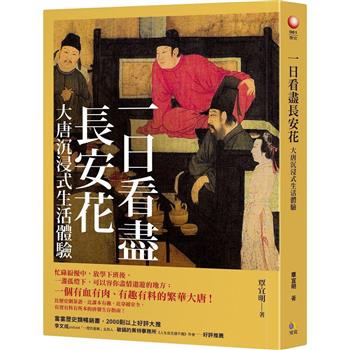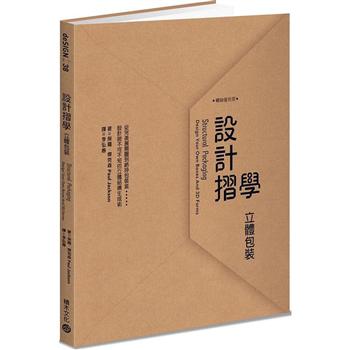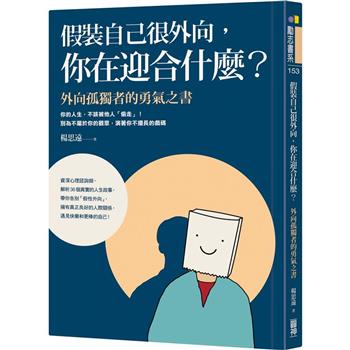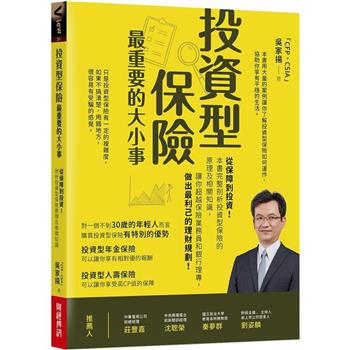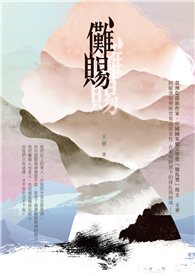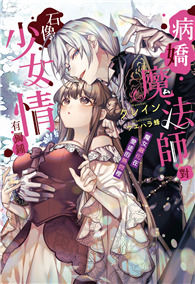The book addresses the dearth of information about the life and music of the twentieth-century Irish composer, Ina Boyle. She worked at her craft throughout her life, although as a woman living in the then remote village of Enniskerry she struggled for recognition and to have her music performed. A member of an Anglo-Irish family with roots in the military, religious and diplomatic professions she had a sheltered childhood and studied music privately with several teachers in Dublin. With their encouragement she looked to England and entered works in competitions, which culminated in 1919 with the selection for publication of her orchestral rhapsody, The magic harp by the prestigious Carnegie Trust. She decided that she needed a new teacher and contacted Ralph Vaughan Williams for tuition in composition. For fifteen years, despite family duties, she travelled to London for lessons. With the outbreak of World War II her travels were curtailed and her rate of composition waned. During the 1940s several of her orchestral works were broadcast on Radio Eireann in programmes of music by Irish composers. After the death of her father in 1951 Boyle had freedom to travel again and to devote the rest of her life to composition.
| FindBook |
有 1 項符合
Ina Boyle (1889-1967): A Composer’s Life的圖書 |
 |
Ina Boyle (1889-1967): A Composer’s Life 作者:Beausang 出版社:Cork Univ Pr 出版日期:2018-05-01 語言:英文 規格:精裝 / 15.9 x 23.5 x 1.3 cm / 普通級 |
| 圖書館借閱 |
| 國家圖書館 | 全國圖書書目資訊網 | 國立公共資訊圖書館 | 電子書服務平台 | MetaCat 跨館整合查詢 |
| 臺北市立圖書館 | 新北市立圖書館 | 基隆市公共圖書館 | 桃園市立圖書館 | 新竹縣公共圖書館 |
| 苗栗縣立圖書館 | 臺中市立圖書館 | 彰化縣公共圖書館 | 南投縣文化局 | 雲林縣公共圖書館 |
| 嘉義縣圖書館 | 臺南市立圖書館 | 高雄市立圖書館 | 屏東縣公共圖書館 | 宜蘭縣公共圖書館 |
| 花蓮縣文化局 | 臺東縣文化處 |
|
|
圖書介紹 - 資料來源:博客來 評分:
圖書名稱:Ina Boyle (1889-1967): A Composer’s Life
|
